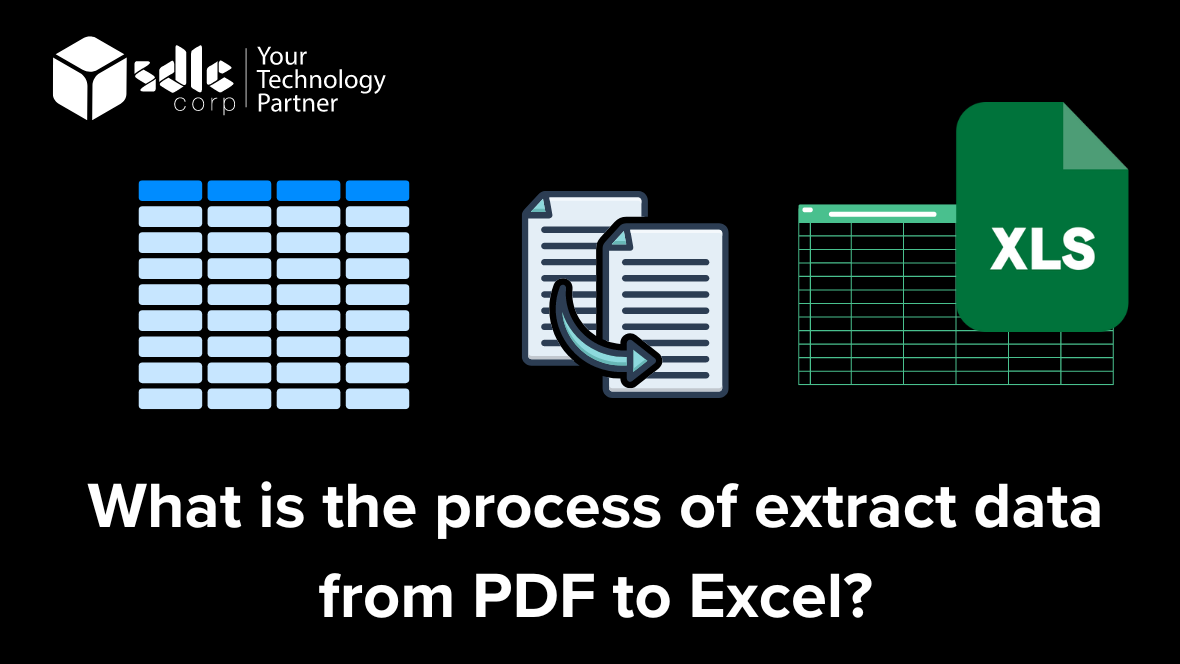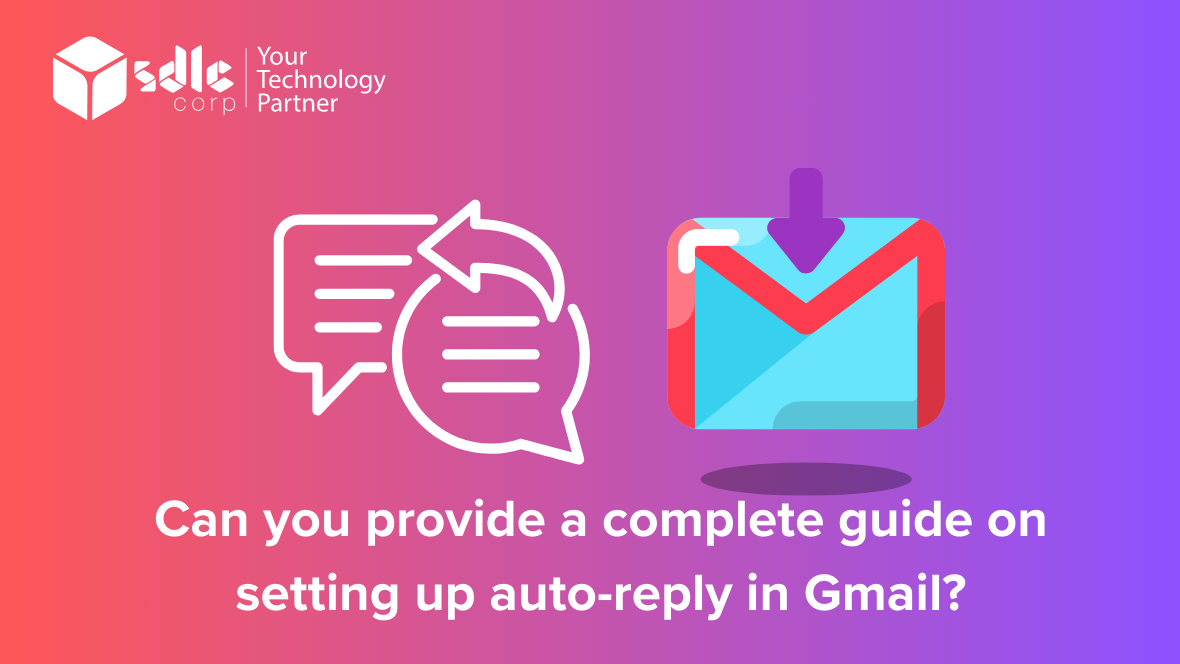How can I Website Data into Excel in 3 simple Steps?
Scraping website data into Excel can be achieved in three simple steps:
- Identify and Install a Web Scraping Tool: Begin by selecting a web scraping tool that suits your needs. Popular options include BeautifulSoup, Scrapy, or Selenium for Python users, or tools like Octoparse or Import.io for non-programmers. Install the chosen tool on your computer.
- Configure the Web Scraper: Configure the selected web scraping tool to extract the desired data from the target website. This involves specifying the URL of the website, identifying the HTML elements or CSS selectors containing the data you want to scrape, and defining any scraping parameters. Additionally, consider if the tool supports extracting data from QR code scanner, as some advanced tools may offer this functionality.
- Export Scraped Data to Excel: Once the web scraping tool has extracted the data from the website, export it to Excel. Most scraping tools allow you to save the scraped data in various formats, including CSV (Comma-Separated Values), which can be easily imported into Excel. Alternatively, you can use Python libraries like pandas to manipulate and export the scraped data directly to an Excel file.
A Brief Overview on Scrape Data from a Website to Excel
Scraping data from a website to Excel involves extracting relevant information from web pages and transferring it into an Excel spreadsheet for analysis or further processing. This process can be facilitated using web scraping tools or libraries such as BeautifulSoup or Scrapy for Python users, or online services like Octoparse or Import.io for those without programming knowledge. Once the data is extracted, it can be saved in a format compatible with Excel, such as CSV, and imported into a spreadsheet for manipulation and analysis. Additionally, users can convert data from PDF files to Google Docs using tools like Google Drive’s built-in PDF conversion feature, allowing for further collaboration and sharing of the extracted information. Overall, scraping data from websites to Excel and converting PDF to Google Docs provide efficient ways to gather and utilize information from various online sources.
How It Works?
Scraping data from a website to Excel involves several steps that leverage both programming and data manipulation techniques. Initially, you need to identify the website from which you intend to extract data and understand its structure by inspecting the HTML source code. Following this, you choose a suitable scraping tool or library such as Python’s BeautifulSoup or Scrapy, which facilitates the extraction of data from web pages. Writing the scraping code involves sending HTTP requests to the webpage, parsing the HTML content, and then navigating through the DOM (Document Object Model) to locate and extract the desired data. This process often requires the use of CSS selectors or XPath expressions to pinpoint specific elements on the page.
Once the data is extracted, it can be stored in a suitable data structure such as lists or dictionaries, and then transformed or cleaned as necessary. Finally, using a library like Pandas in Python, you can create a DataFrame to organize the data in a tabular format. With the data in DataFrame format, it’s straightforward to export it to an Excel spreadsheet using Pandas‘ built-in functionalities, such as the to_excel() method.
While this process offers a powerful means of collecting and organizing data from websites, it’s essential to approach web scraping ethically and responsibly. Always ensure compliance with the website’s terms of service and respect any restrictions outlined in the robots.txt file. Additionally, be mindful of rate-limiting to avoid overloading the website’s servers with too many requests, which could result in IP blocking or other forms of retaliation. Ultimately, scraping data from websites to Excel requires a combination of technical skills, understanding of web protocols, and ethical considerations to execute effectively.
"Mastering Data Extraction: A Step-by-Step Guide to Scraping Website Data and Importing into Excel"
Extraction of data from webpage automatically
Automating the extraction of data from web pages, often referred to as “web scraping,” is a valuable technique for efficiently gathering information from websites without manual intervention. This process is particularly useful for tasks such as retrieving transaction details, account balances, or payment information from platforms like PayPal, including wire transfer records. Various tools and methods can facilitate automated data extraction, including web scraping libraries like BeautifulSoup or Scrapy, online scraping platforms like Octoparse or ParseHub, headless browsers such as Puppeteer or Selenium WebDriver, and APIs provided by certain websites. By automating data extraction from web pages, users can streamline processes, save time, and extract relevant information, including PayPal wire transfer details, for analysis or further processing.
There are various approaches to automate data extraction from web pages:
- Web Scraping Libraries: Python libraries like BeautifulSoup and Scrapy provide powerful tools for web scraping. They allow users to write scripts to extract data from HTML or XML documents, navigate through web pages, and extract specific data elements based on tags, attributes, or CSS selectors.
- Web Scraping Services: Online platforms such as Octoparse, Import.io, or ParseHub offer web scraping services that allow users to automate the extraction of data from web pages through intuitive graphical user interfaces (GUIs). These services typically provide features for selecting data elements, defining scraping rules, and scheduling automated data extraction tasks.
- Headless Browsers: Headless browsers like Puppeteer (for JavaScript) or Selenium WebDriver (for various programming languages) can be used to automate interactions with web pages, including data extraction. These tools simulate user interactions with web pages, allowing for more dynamic scraping of data rendered through JavaScript or AJAX requests.
- APIs: Some websites offer APIs (Application Programming Interfaces) that allow developers to access and retrieve data in a structured format. Using APIs eliminates the need for web scraping and provides a more reliable and efficient way to access website data programmatically.
Benefits:
Scraping data from a website to Excel provides several benefits:
- Automated Data Retrieval: Web scraping automates the process of gathering data from websites, saving time and effort compared to manual data entry.
- Accuracy and Consistency: Scraped data is extracted directly from the source, reducing the risk of errors and ensuring consistency in the collected information.
- Real-time Updates: Websites frequently update their content, and web scraping allows for the retrieval of the latest data, ensuring that Excel spreadsheets remain current.
- Structured Data Import: Web scraping can extract structured data, such as tables or lists, which can be easily imported into Excel for analysis and manipulation.
- Data Analysis and Visualization: Once imported into Excel, scraped data can be analyzed, visualized, and manipulated using Excel’s powerful features, enabling users to gain insights and make informed decisions.
- Customization and Integration: Scraped data can be tailored to specific needs and seamlessly integrated into existing Excel workflows, facilitating data-driven processes and decision-making.
- Versatility and Scalability: Web scraping can be applied to various use cases across industries, from market research and competitive analysis to financial modeling and business intelligence. Additionally, it can scale to handle large volumes of data efficiently.
Overall, scraping data from websites to Excel empowers users with timely, accurate, and actionable information, enhancing productivity and decision-making capabilities.
"Harnessing Web Data: A Step-by-Step Guide to Scraping and Exporting Data from Websites to Excel"
FAQs
1. Is it legal to scrape data from websites for personal or business use?
While web scraping itself is not illegal, it’s essential to respect website terms of service and legal regulations governing data usage. Some websites may prohibit scraping or impose restrictions on data usage.
2. What types of data can be scraped from websites and imported into Excel?
Virtually any data available on a website can be scraped and imported into Excel, including text, tables, images, and links. This can include product information, financial data, news articles, or any other structured or unstructured data.
3. What are the best tools or methods for scraping data from websites to Excel?
There are several tools and methods for web scraping, ranging from programming libraries like BeautifulSoup and Scrapy to online services like Octoparse or browser extensions. The best approach depends on factors such as technical expertise, data complexity, and project requirements.
4. How often should data be scraped from websites and updated in Excel?
The frequency of data scraping depends on factors such as the volatility of the data, the importance of real-time updates, and the resources available for scraping. Some data may require daily updates, while others may only need periodic scraping.
5. Are there any limitations or challenges when scraping data from websites to Excel?
Yes, some websites may employ measures to prevent scraping, such as CAPTCHAs, IP blocking, or dynamic content loading. Additionally, formatting inconsistencies, data quality issues, and legal considerations can pose challenges when scraping data for use in Excel.
Conclusion
In conclusion, scraping data from a website to Excel offers a powerful means of extracting valuable information for analysis and decision-making. Through various methods such as web scraping libraries, online services, or browser extensions, users can efficiently gather data from web pages and import it into Excel for further processing. This process enables users to automate data collection tasks, saving time and effort while ensuring accuracy and consistency in the extracted data. By leveraging the capabilities of Excel, users can easily manipulate, analyze, and visualize the scraped data to derive actionable insights and make informed decisions. Overall, scraping data from websites to Excel is a versatile and invaluable technique for accessing and utilizing online data in a structured and organized manner.
Contact Us
Let's Talk About Your Project
Free Consultation
24/7 Experts Support
On-Time Delivery
















